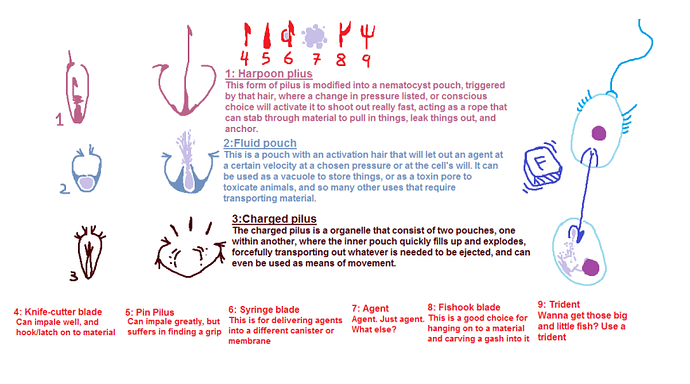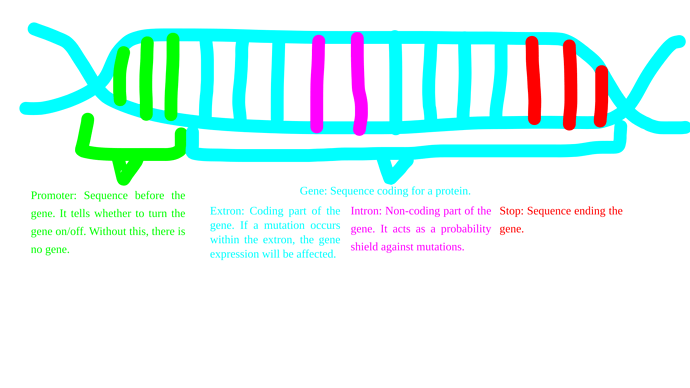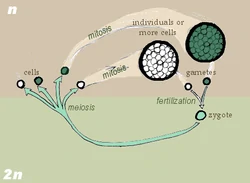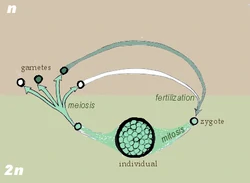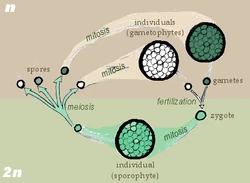Remember when everyone was fighting over player perception with different senses? Here is what I thought:


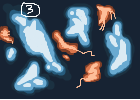
Concept #1 shows a cell with a sphere of strong sensory output, showing to the player what he is sensing. This is the chemoreceptive “smelling” being shown. I imagine by default, all cells start out with a protein that can sense chemicals both within, without, and within other cells. The radius and strength of the proteins depend on the amount, and gene modifications of them. The cell shown their only has one, yet has grown without adding anymore. Therefore, the visual radius is shown to be a lot smaller than the default full screen. There are also indicator markers showing where and about how much of a chemical is, while out of the visual sensory range. Although you may be to far away to strongly smell something, the smell may linger around for a while, so waiting a bit would be beneficial for more compound absorption and better tracking. As I said before, you can see the chemicals in other cells, better determining by “smell” if they are worth eating. This also leaves a hazard in which cells that are big enough to eat you, will just be tracked as big globs of compound that can be moving due to a current. You also wouldn’t see a background, or any actual models themselves, but just compounds and things that contain them. If a rock is in front of you that isn’t a compound listed in your olfactory senses, you won’t read it, and will just bump into it. Radioactive substances that were proposed before would be more of a danger!
Image #2 Shows photoreception, which is a bit of an upgrade since now you can see things for real. You can track light, objects you couldn’t before, basic radiation, fluid dynamics, other cells, and sizes of other cells. If you have more than one sense system, I’d believe you can choose to isolate them or overlap them. However, focusing them leads to better accuracy within that sense field. This adds strategy to what senses you should use, and also takes in mind atp usage for fuel consumptive systems. Anyways, the image shows the senses overlap, showing the semi colourful inner workings of other cells (and you). It also shows indicators of other chemicals although sight is being displaced and is not rendering the compounds as brightly, and the compounds look duller in colour, and have low opacity. Of course, pressure, density, temperature, and so on, will take a toll in any material’s (including your own) appearance.
Image #3, the final image, is basically a heat map shown with cells in the Ice Shelf biome. This is a good strategy for predation, but would distort other senses in the process, and the longer you have it isolated, the longer there will be an annoying after image of the last frame of the heat map slowly loosing opacity (since I think the heat would take time to dissipate from the organelle/organ, and would add a cool little feature). The thermoreceptive protein would have a max heat view threshold you would be able to customize slowly over time. More proteins increase the threshold range (as well as speed and radiation), and if that range is surpassed, it will only show null. The thing works by slowly turning on, collecting heat, and then averaging the heat in a radius, then taking the extreme heats, and slowly uncovering them. Of course, because of how heat works, especially for large creature builds, heat sticking to the system will be a problem if you have it on all the time, and will be better for only finding a target while you are still. Kinda like how snakes have heat pits that they don’t really use while moving.
Well, that’s mainly all I can think to add. Any questions, comments or ideas?



